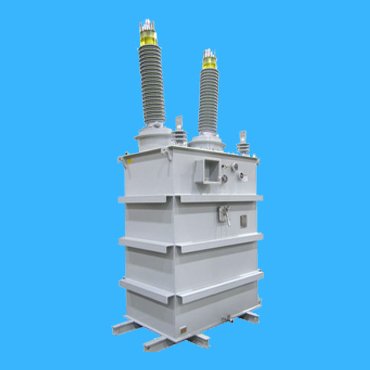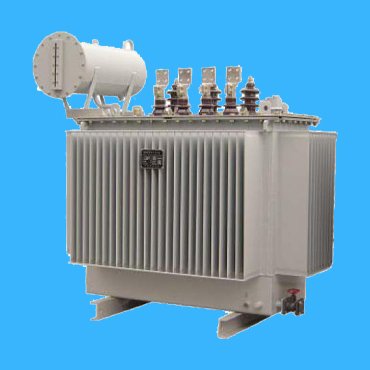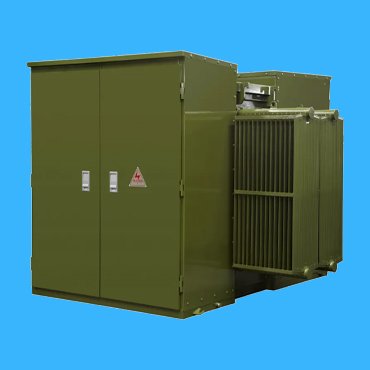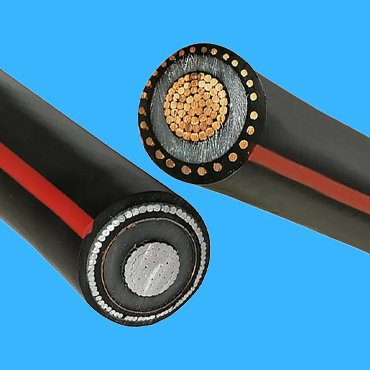A Best Distribution Transformer Manufacturer in China since 1967
Being a leading manufacturer of distribution transformer in China, We are
- Over 20 years manufacturing Experience
- Own testing lab for routine & type test
- Provide 36 months warranty of quality and performance
- 24/7 support available for technical consulting & training service
Distribution Transformer
A distribution transformer is an electrical device used to convert voltage from a higher level to a lower level for use in industrial, commercial, and residential applications, or to act as a step–up transformer in solar and wind farms to get connections to local Grid networks. It can be divided into six main types based on the number of phases, insulation materials, and mounting locations. These types include single–phase and three–phase distribution transformers, oil–filled, oil–immersed, or liquid–filled distribution transformers, cast–resin or amorphous alloy dry-type distribution transformers, pole–mounted and pad-mounted distribution transformer etc.
Single-phase and Three-phase Distribution Transformers
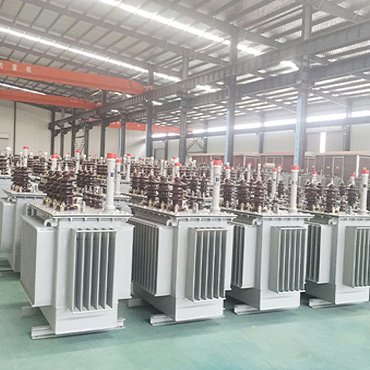
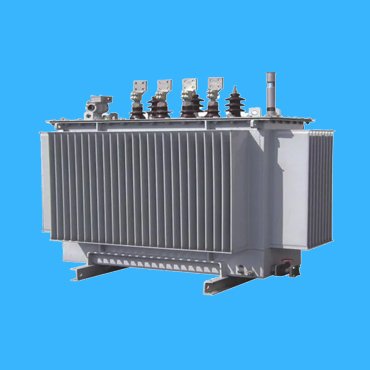

Cast-resin and Amorphous Alloy Distribution Transformers
We can offer you a wide range of cast resin and amorphous alloy distribution transformer, up to 5000 KVA, 35kV
Pad-mounted Distribution Transformer
Product Feature Box




Our Manufacturing Facilities for Distribution Transformers
State of the art manufacturing facilities, which use the most up-to-date technology and techniques, guarantee long lasting quality and ensure distribution transformers are made to the highest possible standard.
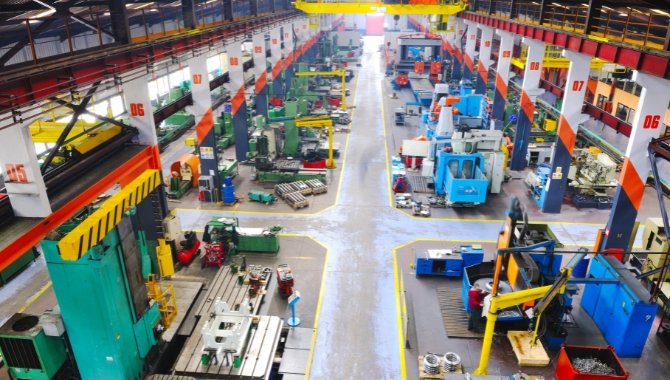
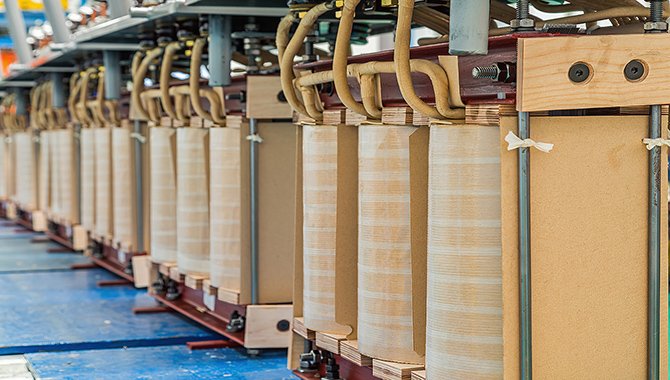
Stringent Quality Control for Distribution Transformers
At our factories, We place great emphasis on quality control and have stringent in-house testing facilities to ensure that distribution transformers meet the highest standards; Our dedicated team of engineers and technicians are committed to rigorous in-house testing to ensure that all of our products are reliable and safe and be in an excellent performance.
24/7 Technical Support
Except for a high quality distribution transformer we made and supplied, Online monitoring & consulting services are avaialble as well and site inspecction & test if it is necessary, including replacement of some defactive parts.

Difference between Power Transformer and Distribution Transformer
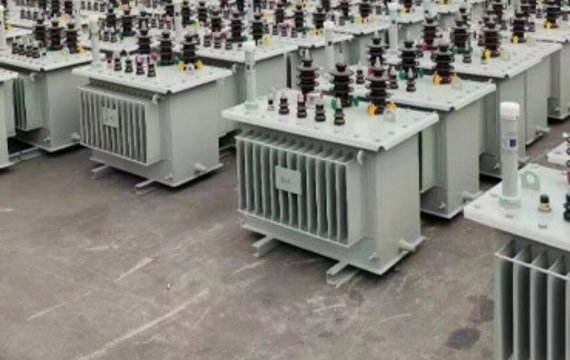
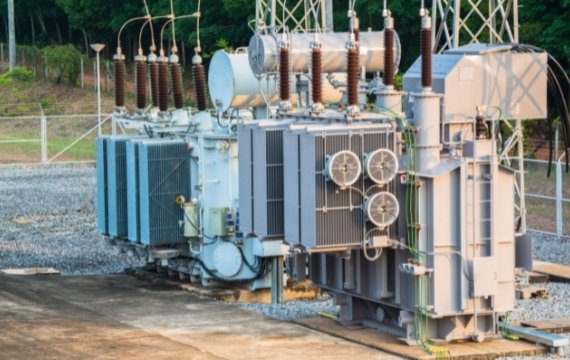
For a distribution transformer, it normally is used in an electrical distribution system, transmit the power resource to some industrial & commercial facilities, or a local community directly, and voltage less than 35 or 40.5 kV for some special areas. However, for a power transformer, it is used in some electrical substations to step-up or down the voltage level to fit local power grid network.
What are the classifications of distribution transformers? By phase number: 1) Single phase transformers: used for single-phase loads and three-phase transformer groups. 2) Three phase transformer: used for raising and lowering voltage in three-phase systems. According to the cooling method, it can be divided into: 1) Dry type transformers: they rely on air convection for cooling and are generally used for small capacity transformers such as local lighting and small factory power supply. 2) For an oil filled transformers, it used mineral oil or natural oil as a cooling material, which has a further classification into ONAN, ONAF, oil natrual Air Forced and OFAF, oil forced and air forced., etc.
Related Product
Why Choose Our Distribution Transformers
Since 1967, we did have over 50 years experience in manufacturing these distribution transformer, no matter it is simple oil filled transformer installed on poles or cast-resin/ex-posy encapsulated transformer, or a full range of pad mounted transformers are all available here, a custom design & fabrication to fit your project requirement.
1. Rated Capacity up to 100 MVA for three phase distribution transformer.
- Dedicated engineering team, who has a full understanding of different standard requirement, and they are able to offer you a specific design and drawing for a distribution transformer to fit your need properly. When it is necessary, they can provide you an on-site service to guide on how to install the transformer and its maintenance
- Fast delivery time, for a conventional distribution transformer, our standard delivery time is in 30 days on receipt of the approved manufacturing drawings; if any special requirement of its components, like Eaton magnex interrupter, this will count on Eaton delivery time to our factory;
- Special design & fabrication is available here
No matter your request is a three-opened door for single phase pad mounted transformer, or a conventional distribution transformer equipped with four pullet wheels at the bottom; all these special request can be achieved.
- We did have a very competitive price, drawing on our complete product chain for this distribution transformer, from its oil tank, iron core to aluminum or copper winding, which are all manufactured by our own factories; and good quality control in each step is a guarantee to a high quality transformer.
- Finally, we discuss about the oil leakage for a distribution transformer.We shall meet oilleakage phenomena from time to time for liquid-filled distribution transformers. Due to leakage, the amount of oil in the transformer decreases, the oil level decreases, causing the infiltration of air and water vapor, accelerating the oxidation of the oil and causing it to deteriorate. This increases the viscosity of the oil, reduces the convection speed, affects the heat dissipation of the transformer, and causes a higher temperature rise, which further accelerates the deterioration of the oil. At the same time, the deteriorated oil acidity increases, leading to a decrease in the insulation resistance of the winding and even damaging the insulation layer. Over time, this will inevitably lead to damage for this distribution transformer. At this time, we should take following measures immediately: identify the exact location where the oil leaked and handle it properly; 2. Careful checking of the transformer oil is deteriorated or not and analyse the oil accordingly. If the transformer oil gradually changes from light yellow to orange and brown at the initial stage, and the oil viscosity is large, it indicates that the transformer oil has deteriorated and must be purified or replaced; 3 When the transformer oil is not deteriorated, check whether the oil is in a very low level. If yes, fill in the new oil into the tank and see the oil level gauge ; Finally, Check the insulation performance of the windings, if the insulation layer damaged, you need to consult with our expert engineers or replace a new distribution transformer.



